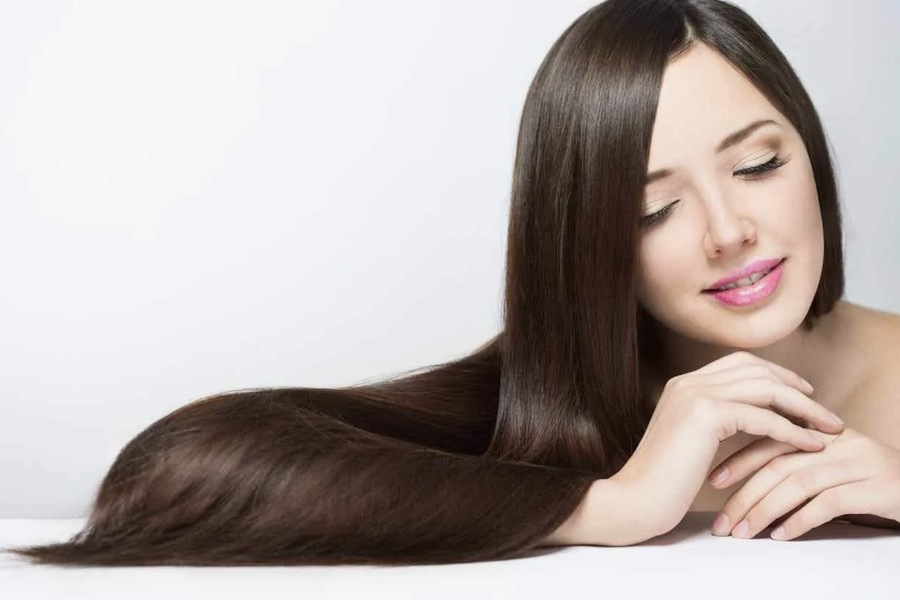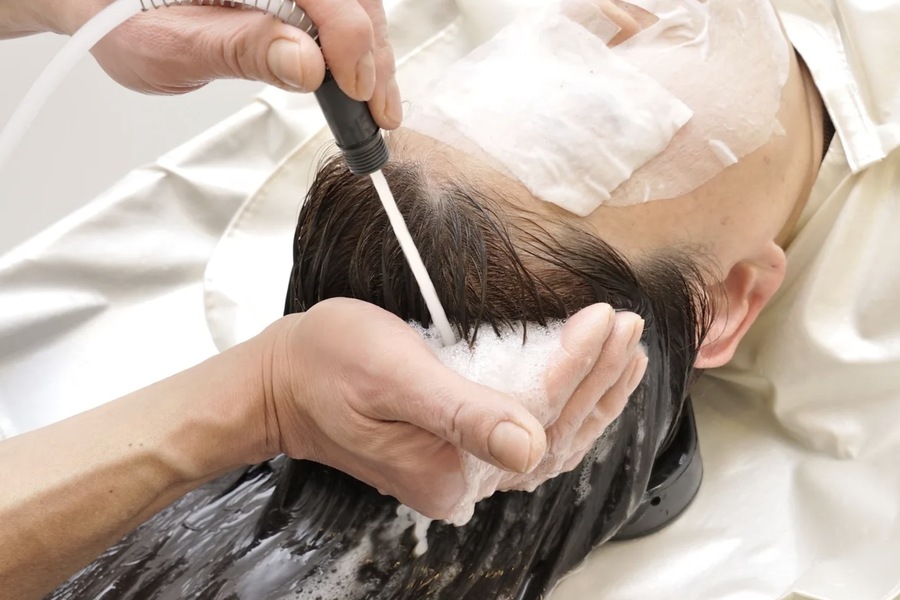The beauty industry in the Middle East, particularly in regions like Dubai and the UAE, has seen significant growth in recent years. Among the trends driving this growth is the increasing popularity of protein hair treatments. These treatments have gained traction as they offer solutions to common hair problems exacerbated by environmental conditions like heat, humidity, and hard water. This article explores the rise of protein hair treatments in the Middle Eastern beauty sector, the factors contributing to their popularity, and the benefits they offer to consumers in the region.
Why Protein Hair Treatments Are Gaining Popularity in the Middle East
Protein treatments are designed to repair damaged hair by replenishing lost keratin, the structural protein that strengthens hair and restores elasticity. In the Middle East, the climate plays a significant role in hair damage. High temperatures, intense UV exposure, and humidity lead to moisture loss and protein degradation in hair. Moreover, hard water, common in the UAE, further strips hair of its natural proteins. As consumers seek effective solutions to combat these issues, protein hair treatments have become an essential part of haircare routines.
Environmental Factors Influencing the Demand for Protein Hair Treatments
Dubai and other Middle Eastern cities experience extreme weather conditions, with summer temperatures often exceeding 40°C (104°F). Prolonged exposure to heat, combined with humidity, accelerates moisture loss from the hair. Additionally, hard water, prevalent across the UAE, deposits minerals that weaken hair structure and cause breakage. These factors drive demand for treatments that not only repair damage but also protect hair from further environmental stress. Protein treatments offer targeted solutions by rebuilding the protein matrix of hair, making them highly sought-after in the region.
Changing Consumer Preferences and the Shift Toward Protein-Enriched Products
The rise of protein treatments reflects a broader shift in consumer preferences toward science-backed beauty solutions. Middle Eastern consumers increasingly prioritize haircare products that provide both cosmetic and restorative benefits. Protein-enriched shampoos, conditioners, and masks are now commonly found in salons and retail stores, catering to this growing demand. Furthermore, consumers are opting for professional protein treatments, such as keratin therapy, to achieve long-lasting results. Zieda Beauty Lounge is among the many salons in Dubai offering personalized protein treatments, responding to the needs of individuals seeking effective haircare solutions.

The Role of Social Media in Popularizing Protein Hair Treatments
Social media platforms play a significant role in shaping beauty trends across the Middle East. Influencers and haircare professionals frequently promote the benefits of protein treatments, sharing their experiences and results. This visibility has contributed to the widespread adoption of these treatments. Online platforms also offer educational content on maintaining hair health in harsh climates, further driving awareness of the importance of protein-based solutions. As consumers become more informed, the demand for high-quality protein treatments continues to grow.
The Influence of the Middle Eastern Beauty Market on Global Trends
The Middle East has emerged as a significant player in the global beauty industry. The region’s focus on luxury and high-end services sets the stage for innovative treatments, including advanced protein therapies. Many international brands have adapted their products to meet the needs of Middle Eastern consumers by incorporating ingredients suited for local conditions. This exchange of trends and practices places the Middle Eastern market at the forefront of beauty innovation, with protein treatments serving as a prime example of this influence.
Professional Protein Treatments: An Overview of Services
Protein hair treatments are available in various forms, each targeting specific concerns. Professional keratin treatments smooth frizz and repair damage, providing long-lasting results. Amino acid-based therapies strengthen the hair from within by rebuilding molecular bonds, making them suitable for chemically treated hair. Hydrolyzed protein masks offer deep repair and are ideal for quick recovery after exposure to harsh weather or hard water. Salons tailor these treatments to meet individual needs, ensuring optimal results based on hair type and environmental exposure.
Protein Treatments vs. Moisturizing Treatments: Understanding the Difference
While both protein and moisturizing treatments are essential for hair health, they serve different purposes. Protein treatments focus on repairing and strengthening the hair shaft by replenishing lost keratin and other structural proteins. In contrast, moisturizing treatments address hydration by replenishing moisture levels in the hair. For consumers in the Middle East, balancing these treatments is crucial, as both protein loss and moisture depletion occur due to environmental stress. A well-rounded haircare routine includes both types of treatments, ensuring hair remains healthy and resilient.
Frequency of Protein Treatments: Best Practices for Lasting Results
The frequency of protein treatments depends on factors such as hair type, environmental exposure, and previous chemical treatments. Individuals with heavily damaged hair may benefit from protein treatments every two weeks, while those with moderate damage can schedule treatments every four to six weeks. Overuse of protein treatments can lead to stiffness and breakage, so balancing with moisturizing products is essential. Professional stylists recommend alternating between protein and hydration-focused treatments to maintain optimal hair health.

Key Ingredients in Protein Hair Treatments
Effective protein treatments contain ingredients that penetrate the hair shaft and restore structural integrity. Keratin is the most common protein used in these treatments, offering strength and elasticity. Amino acids, such as cysteine and arginine, rebuild molecular bonds within the hair. Hydrolyzed silk and wheat proteins also provide essential repair, while collagen-based proteins enhance moisture retention. Selecting treatments with these ingredients ensures comprehensive repair and protection against future damage.
The Future of Protein Hair Treatments in the Middle East
As the beauty industry evolves, protein treatments are likely to become even more specialized, with advanced formulations targeting specific concerns. Innovations in biotechnology may introduce new proteins that offer better absorption and longer-lasting results. Moreover, sustainability is becoming a key focus, with brands developing eco-friendly protein treatments that align with the region’s growing demand for sustainable beauty solutions.
Conclusion
The rise of protein hair treatments in the Middle Eastern beauty industry reflects a shift toward effective, science-backed haircare solutions. Environmental factors, such as heat, humidity, and hard water, drive demand for treatments that repair and protect hair. Changing consumer preferences, social media influence, and the region’s impact on global trends further contribute to the growing popularity of these treatments. With professional services available at leading salons like Zieda Beauty Lounge, consumers have access to tailored solutions that restore hair health and resilience. As the beauty industry continues to innovate, protein treatments will remain an essential part of haircare routines in Dubai and the broader Middle Eastern region.




